Report this entry
More from the same community-collection
Member of Six Guns and Shady Bernie Sargent
Bernie Sargent Member of Six Gun And Shady Ladies Talkin El ...
Santa and the El Paso Sheriff's Posse
Sun Carnival Thanksgiving Day Parade and the El Paso Sheriff's ...
El Paso Sheriff's Posse Getting Ready for the Parade
Several members of the El Paso Sheriff's Posse getting ready for ...
El Paso Sheriff's Posse Getting Ready for the Parade
Pat Gordon and his horse Trigger getting ready for the 2014 Sun ...
2014 Walk-A-Mile In Her Shoes Event
The El Paso Sheriff's Posse members traded their cowboy boots ...
El Paso Sheriff's Posse and the 2014 Walk-A-Mile Event
Several El Paso Sheriff's Posse members gather together before ...







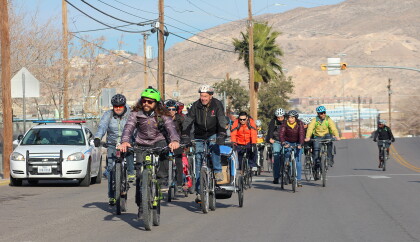
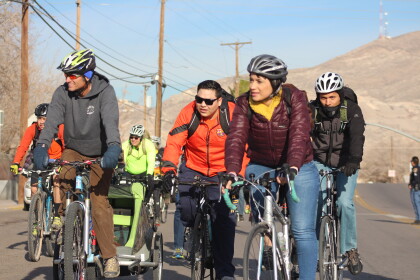

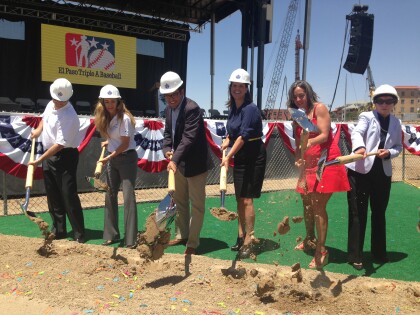
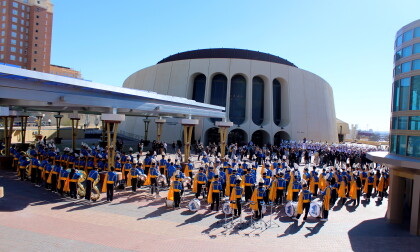
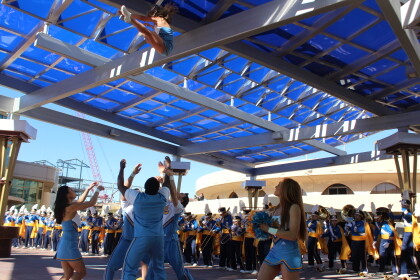


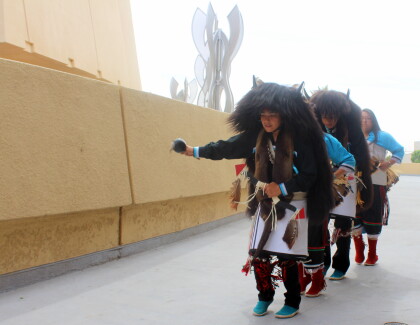

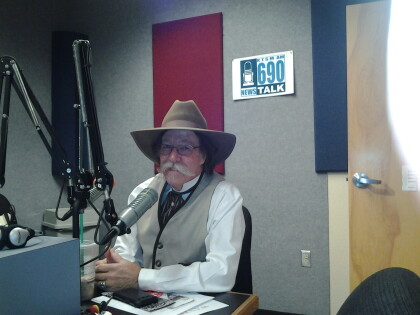
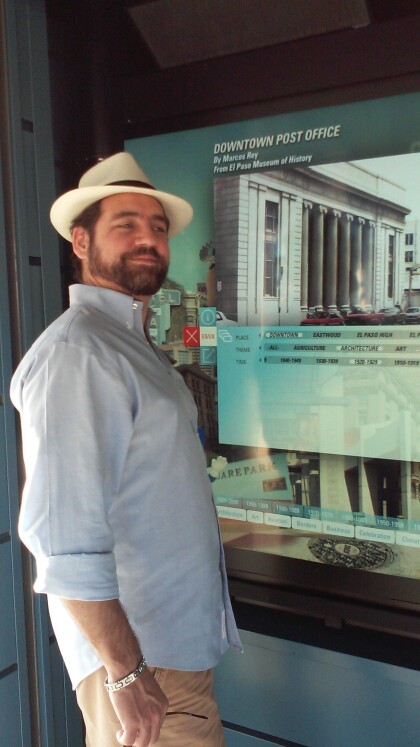


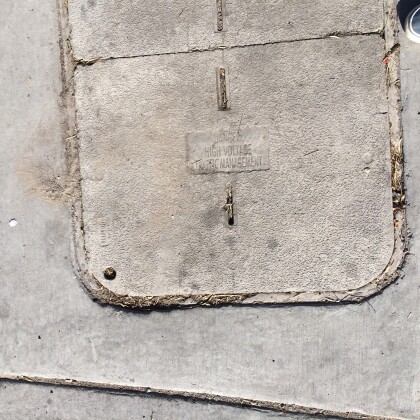

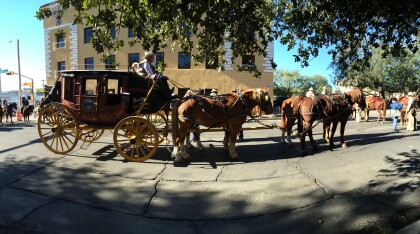
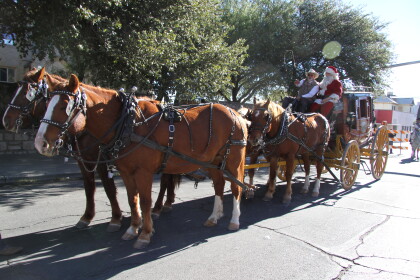
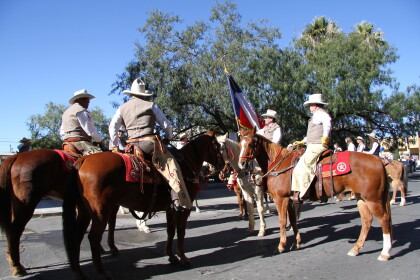
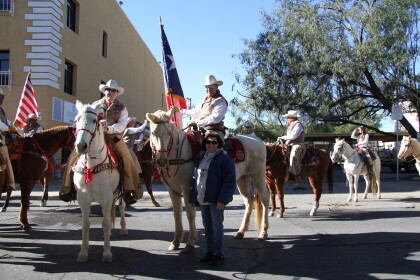
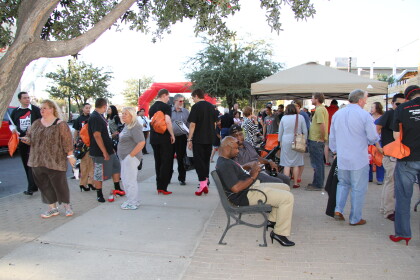
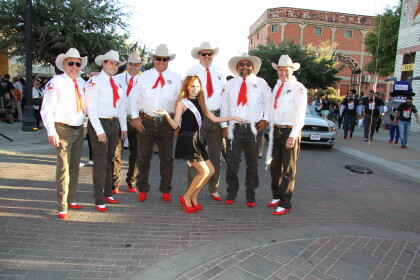
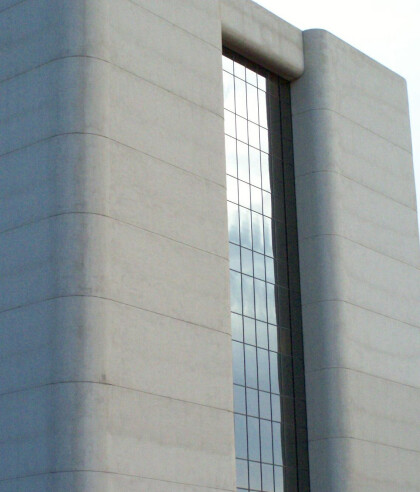
Comments
Add a comment